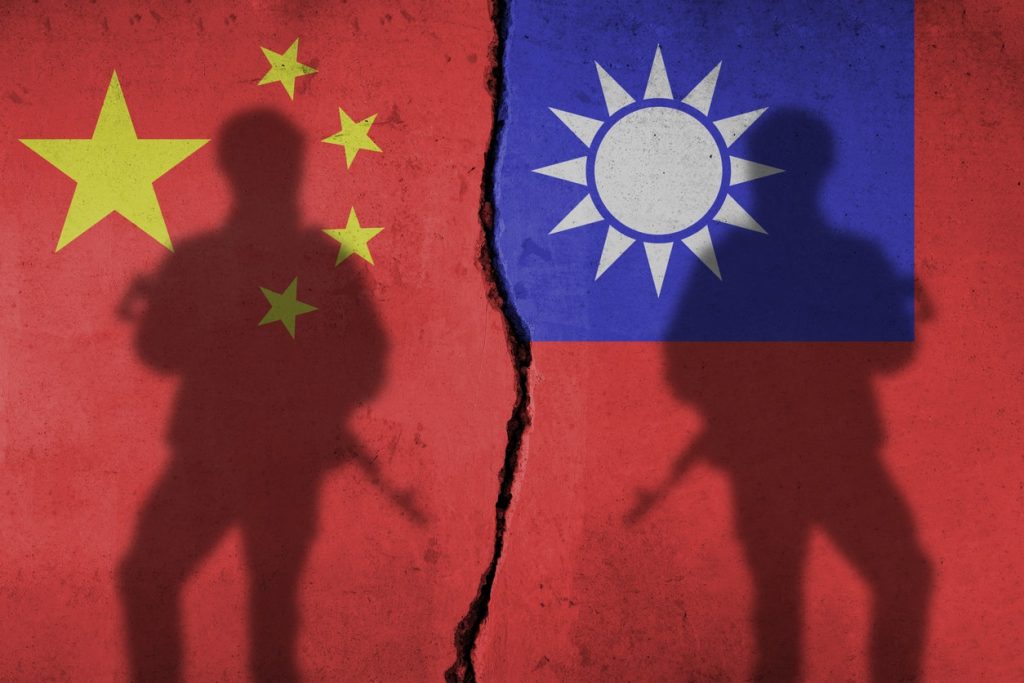The People’s Republic of China has been increasing its hostile actions towards Taiwan in an attempt to create a new normal that would allow for the eventual takeover of the island nation. These actions intensified following a visit to Taiwan by former U.S. House Speaker Nancy Pelosi in 2023, although China’s strategy has been in place for some time. Beijing hopes to normalize military encroachments through salami-slicing tactics used previously in the South China Sea. The recent tensions have also been seen as an attempt to influence Taiwanese voters towards politicians more friendly to China, but these attempts have been ineffective in the past elections.
The recent election in Taiwan saw the incumbent vice president, William Lai, elected as the new president. Lai has pledged to continue the policies of the previous administration, which Beijing sees as supporting Taiwan independence. Despite attempts by Lai to backtrack on previous statements supporting independence, China continues to view him as a “splittist.” Many experts believe that Beijing will increase pressure on Taiwan as Lai takes office, with changes to airspace rules being one example of China’s attempts to establish a new normal.
China’s military planners see Taiwan as a difficult island to invade, and they have a history of testing new leaders of enemy states with provocations and crises. As William Lai prepares to take office, many expect China to test him with a crisis to gauge his response. The ramping up of threats from China has caused concern among residents of Taiwan, particularly in southern cities like Kaohsiung. Some residents blame local opposition parties for being too friendly to Beijing, while others criticize the ruling Democratic Progressive Party (DPP) for not being sincere in reaching out to China.
The main opposition party in Taiwan, the Kuomintang (KMT), denies being China-friendly and instead describes itself as peace-friendly. Recent meetings between KMT representatives and Chinese leaders have been seen as positive by some experts as they provide a channel for dialogue. However, others view these meetings as a step towards accepting China’s claim that Taiwan is a part of China. The DPP, on the other hand, is content with the status quo and maintains that Taiwan is the Republic of China. The differing approaches between the DPP and the KMT highlight the challenges Taiwan faces in its relationship with China.
With China’s aggressive stance towards Taiwan and its goal of achieving reunification, either through dialogue or force, the situation remains tense. Some political commentators point out that China’s ultimate goal is the complete subjugation of Taiwan, similar to what happened in Hong Kong. Given this goal, dialogue with mutual respect seems difficult to achieve. The future of Taiwan’s relationship with China remains uncertain, with tensions likely to increase as Beijing continues its efforts to assert control over the island nation.


